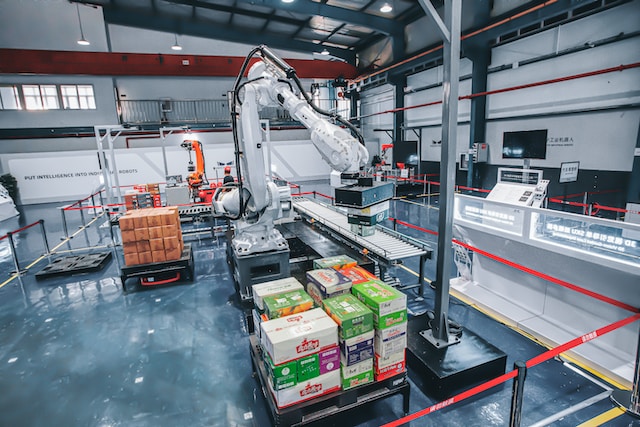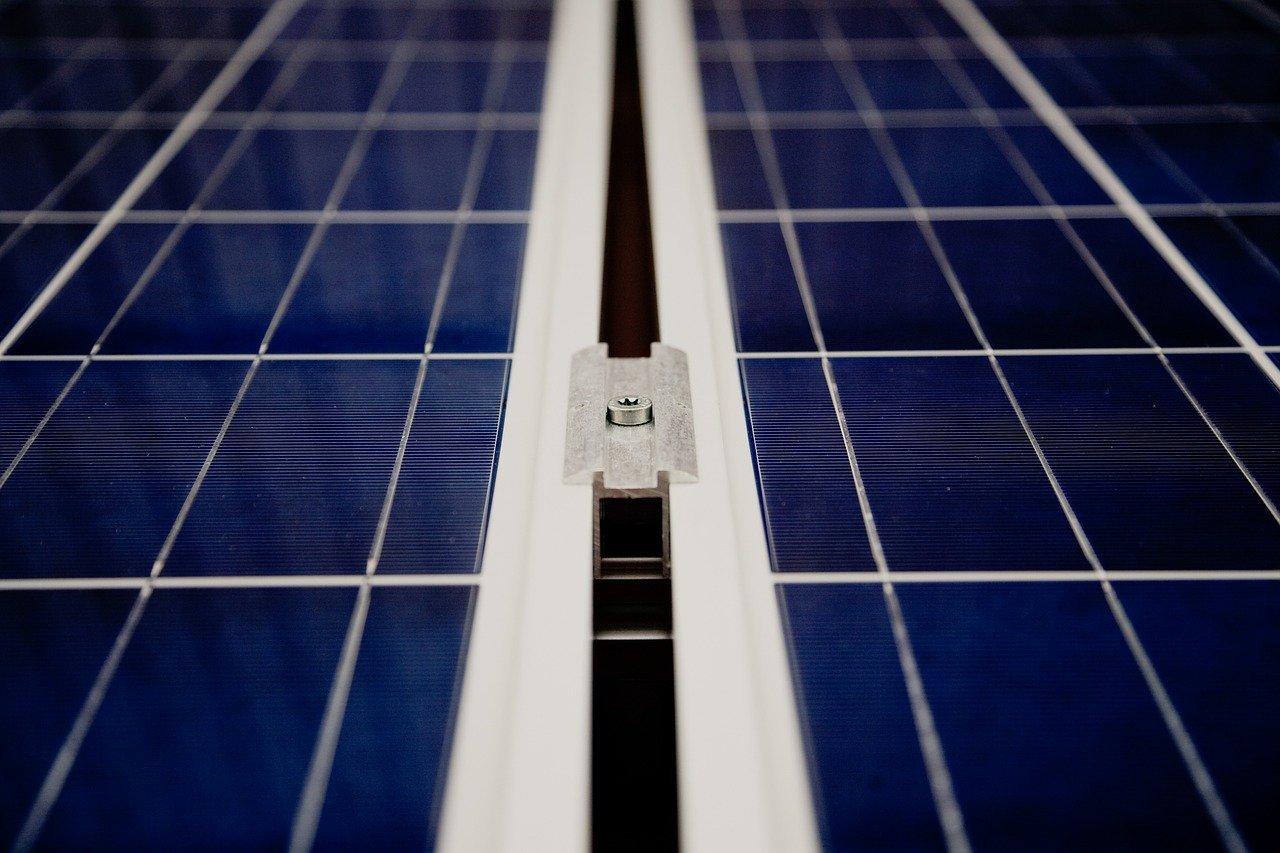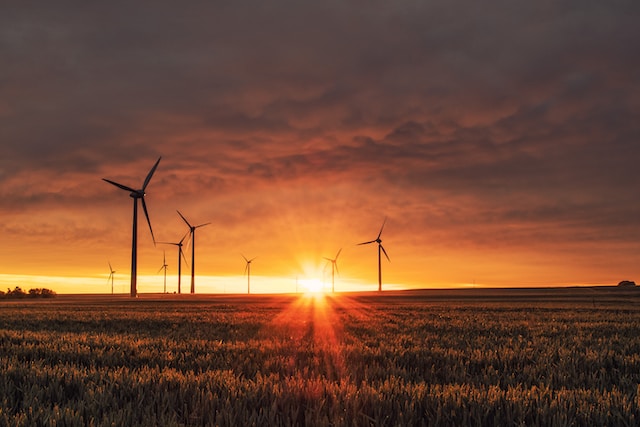Seeking Sustainable Growth Through Low Carbon Emissions
Scotland set out to fight climate change with its Low Carbon Economy Strategy (LCES) and Energy Efficiency Action Plan (EEAP) which included decreasing greenhouse gas emissions by 42% by 2020. Much to everyone’s surprise, Scotland achieved its goal six years early, in 2014, with 45.8% lower carbon emissions. These results catapulted Scotland into a leadership position ahead of most of its European neighbors. Scotland’s success came only second to Sweden in terms of total greenhouse gas emission cuts; Sweden cut its emissions by 54.5% between 1990 and 2014.
Tying Prosperity to Sustainability
As the Scotland plan shows (see below) creating a prosperous Scotland was thought to be dependent on creating a sustainable future for the country.
Section 1 The Strategy for a Low Carbon Economy
1.1 Towards a Low Carbon Economy
1.2 A Low Carbon Economic Strategy for Scotland
1.3 Strategic Objectives and Immediate Actions
Section 2 – Sector Focus
2.1 Transformation across the whole Economy
2.2 Transforming the Energy Sector
2.3 Transforming the Built Environment
2.4 Decarbonising Transport
2.5 Scotland’s Resources
Low Carbon Economic Indicators for Scotland
Energy Efficiency Action Plan (EEAP)
A The importance of energy efficiency: the challenge, the vision and our approach
B Scottish Government energy efficiency targets and monitoring
C Scottish Government actions and programmes: priority areas and support
1. Encouraging behaviour change
2. Domestic energy efficiency
3. Energy efficiency for business
4. Energy efficiency across the public sector
5. Achieving energy efficiency through Building Standards
6. Infrastructure for the built environment
7. Changing how we use our transport systems
8. Skills
9. Finance
10. Taking energy efficiency forward
In the following video, Richard Miller, Head of Sustainability at the Technology Strategy Board, provides a global perspective on drivers that are bringing about the low carbon economy.







